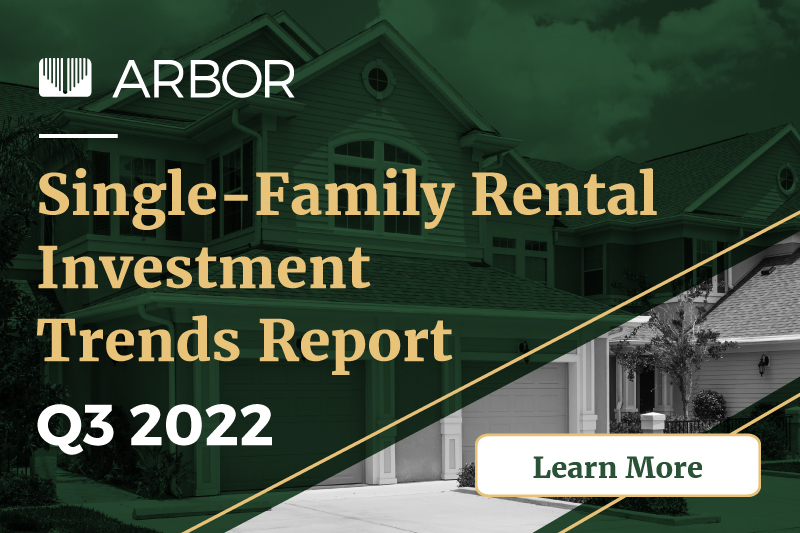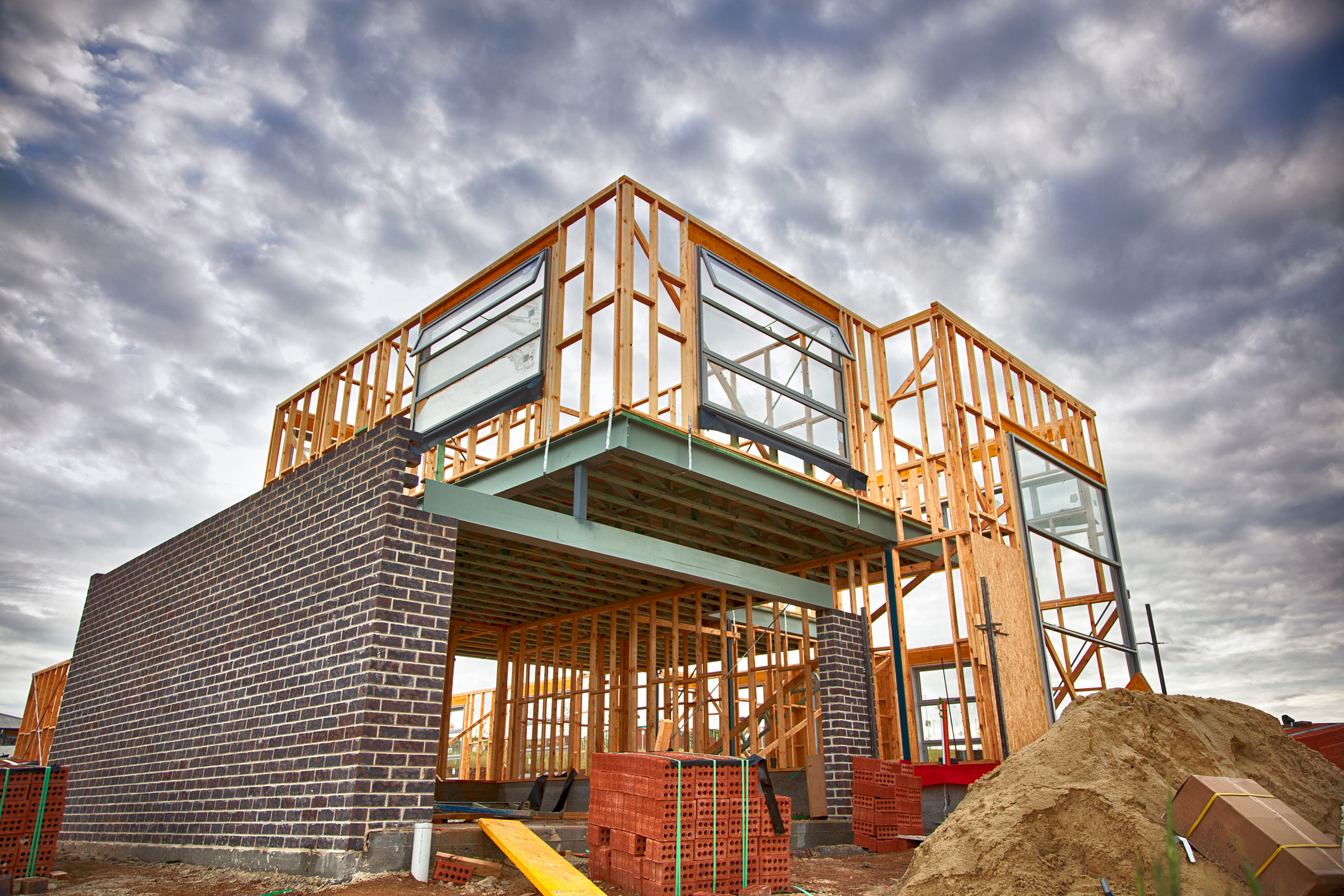Single-Family Rental Investment Trends Report Q3 2022

The single-family rental (SFR) market maintained a favorable outlook in the third quarter of 2022 as the national housing market began cooling. Amid economic headwinds, SFR is well-positioned as a primary alternative for would-be homebuyers priced out of ownership in today’s high-interest-rate housing market.

Small Multifamily Investment Trends Report Q3 2022

With investors now seeking inflation protection, the small multifamily sector continues to see gains. Arbor’s new quarterly Small Multifamily Investment Trends Report, published in partnership with Chandan Economics, sheds light on key trends, including firm cap rates, climbing valuations, and elevated originations, despite tightening underwriting standards.

Why U.S. Population Shifts Gave Greater Congressional Representation to Six States

When Americans go to the ballot box on November 8, the congressional map will look slightly different than it has for the past decade. Six states picked up seats in the House of Representatives: Colorado, Florida, Montana, North Carolina, Texas, and Oregon. The results of the last five years (2018-2022) of the U.S. Census Bureau’s Current Population Survey ASEC explore the reasons households provided for moving to those states that will be gaining more representation in Washington, D.C.

U.S. Metro Labor Markets Show Sizable Gains and Solid Growth

All of the top 50 metropolitan areas in the U.S. registered unemployment rate improvements during the 12 months ending in August 2022. Los Angeles led the country with the largest decline in its unemployment rate, shaving off 3.7 percentage points from one year ago. Riverside (-3.3%), Detroit (-3.2%), San Diego (-3.1%), and Sacramento (-2.8%) all followed closely behind with sizable declines.

Florida Population Growth Steady Despite Ongoing Hurricane Threats

The increased frequency of major hurricanes brings into question whether robust in-migration patterns will hold in the face of growing climate risks. While there is a growing concern that the increase in extreme weather events could dampen housing demand in at-risk or effected areas, history displays a different pattern.

Affordable Housing Trends Report Fall 2022

Arbor’s Affordable Housing Trends Report Fall 2022, developed in partnership with Chandan Economics, examines the affordable housing market’s growth trajectory in a challenging economic climate. It examines key programs, including the Low-Income Housing Tax Credit (LIHTC) and the Housing Choice Voucher (HCV), likely to influence the market’s performance in the coming year.

Video: Sam Chandan Details Key Findings of Arbor’s Large Multifamily Report 2022

In this video, Sam Chandan, Founder of Chandan Economics, provides a top-level overview of Arbor’s latest report, Top Opportunities in Large Multifamily Investment 2022. He explains how this report measured and ranked U.S. markets’ strengths and weaknesses in a turbulent economic environment.

From the Ground Up: How Development Costs Shape the SFR Sector’s Geography

Single-family rental starts reached an all-time high in 2022. But with homebuilding prices climbing this year, curbing construction costs has become increasingly important. By utilizing strategies, such as market site selection and smaller property buildouts, SFR developers have identified efficiencies to better manage construction costs.

2022 Top Opportunities in Large Multifamily Investment Report

In an otherwise uneven economic environment, multifamily real estate and other investment classes adept at absorbing inflationary pressures have outperformed the rest. Within the surging multifamily sector, certain markets shined brightly this year. The 2022 Arbor Realty Trust Large Multifamily Opportunity Matrix highlights the top 50 U.S. metros for investment.

FHA Allows More Frequent Surplus Cash Distributions

The Federal Housing Administration (FHA) announced on September 7 that it had increased the frequency of allowable surplus cash distributions with most FHA-insured multifamily mortgages. Distributions can now be taken as often as once per month, updated from two times per accounting year historically.


